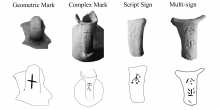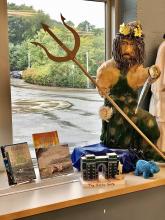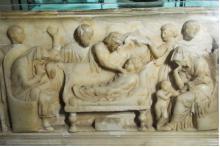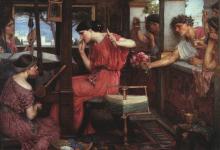SCS Blog Search
| Title | |
|---|---|

|
Blog: Dissertation Spotlight: Signs of Writing? Writing and Trade in the Late Bronze Age Eastern Mediterraneancassdonn | |

|
Blog: First Contact: Why Middle School Ancient History is So ImportantStephen Guerriero | |

|
Blog: Calliope’s Library: Books for Young ReadersKrishni Burns | |

|
Blog: Queer Eye for the Dead GuyJessica Tilley | |

|
Blog: Contingent Faculty Series: A Conversation with Dr. Stephanie Kimmeyskimmey, Theodora Kopestonsky | |

|
Blog: Dissertation Spotlight: Racialized Commodities: Thinking about Trade, Mobility, and Race in the Archaic MediterraneanChristopher Parmenter | |

|
Blog: Weaving Humanity Together: How Weaving Reveals Human Unity in Ancient TimesAnika T. Prather | |

|
Blog: Ancient Worlds, Modern Communities: Ancient Worlds through Modern PodcastsNina Papathanasopoulou | |
